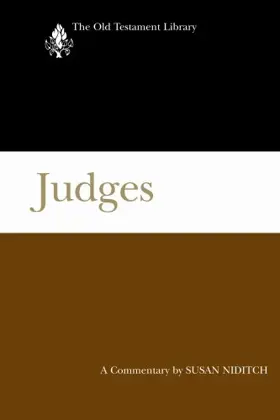

Judges
Pages
336 pages
Publisher
Westminster John Knox
Published
1/2/2008
ISBN-13
9780664220969
Collections
This book appears in the following featured collections.
- Commentaries by Female Scholars by John Dyer
- TGC: Scholarly Commentaries by The Gospel Coalition
Reviews
Niditch brings a surprisingly fresh perspective to the table by applying her knowledge of folklore and oral tradition to Judges. Longman writes, “While there is much of interest for the scholar even when one might disagree with her analysis, this commentary is not recommended for ministers and laypeople.”
[Full Review]
A bit light on detail, but still an excellent, balanced commentary from a critical perspective.
“To be a good biblicist is, in fact, to be a good folklorist”—thus writes Susan Niditch in the preface to her commentary on the book of Judges. And indeed her contribution to the awareness of the importance of folklore and oral literature to the study of biblical literature is tremendous and significant. She is the author of Underdogs and Tricksters: A Prelude to Biblical Folklore (1987) and of Folklore and the Hebrew Bible (1993). Her influential book Oral World and Written Word, which was published in 1996, became a basic book for everyone who is interested in biblical studies. Niditch also deals with the ethics of violence and in this context wrote War in the Hebrew Bible: A Study in the Ethics of Violence. The book of Judges, which is a collection of war stories whose protagonists are frequently regarded as epic heroes, is the appropriate opportunity to combine her two fields of interest. Here she promises the reader that her commentary “offers an exciting opportunity to study closely one rich collection of biblical tales from the perspective of the field of early and oral literatures” (vii). Naturally, this approach influences the whole commentary from the beginning to its end. The introduction (1–26) is already different from the customary introductions we are used to. For example, it does not include entries such as “Title” or “Composition and Structure.
[Full Review]


